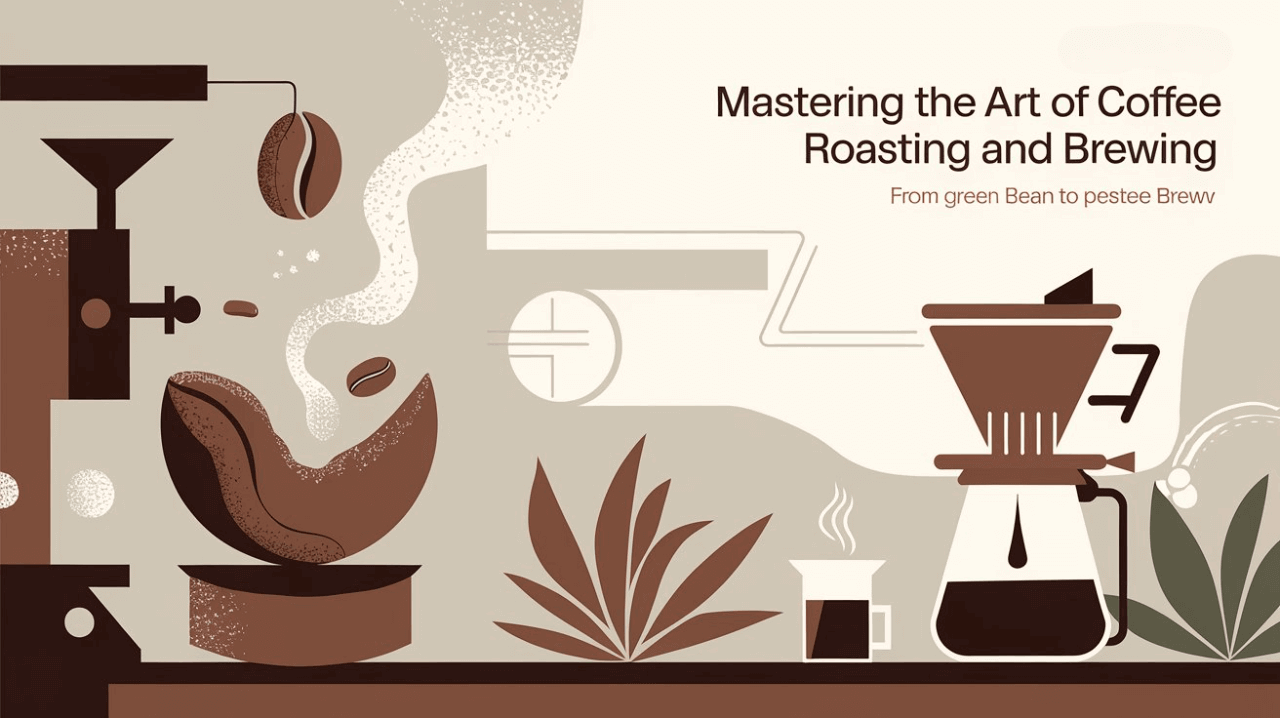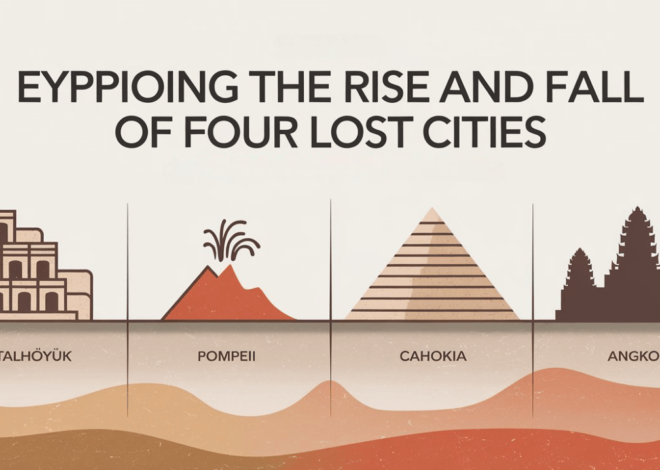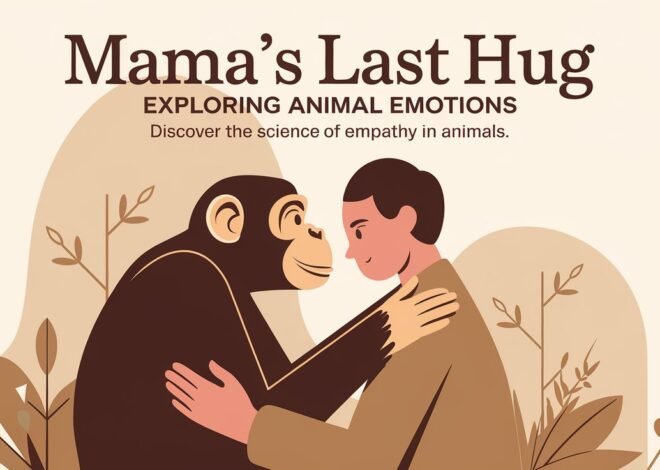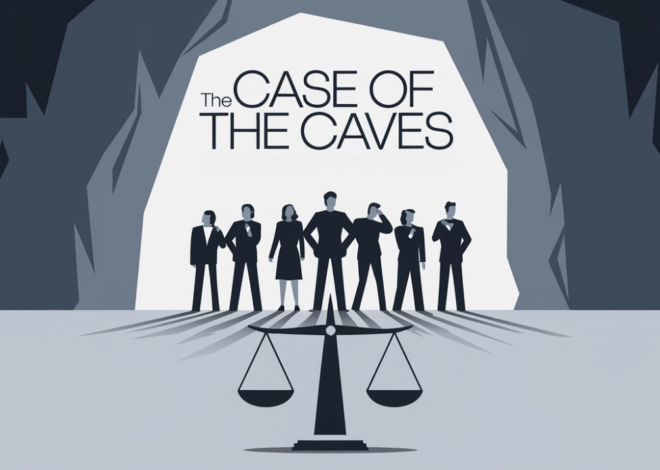
The World of Coffee Studies: Unveiling the Rich History and Art of Coffee
Coffee is more than just a drink—it’s an integral part of daily life for millions of people worldwide. From bustling offices to cozy cafés, coffee has become a vital social and cultural phenomenon. In this article, we delve into The World of Coffee Studies, a comprehensive exploration by Han Huaizong, which examines the fascinating history, artistry, and science behind one of the world’s most beloved beverages.
A Brief Overview of Coffee’s Cultural Significance
Coffee’s journey from a modest medicinal plant to a global cultural staple is nothing short of extraordinary. Han Huaizong, a Taiwanese coffee expert and author, has spent decades studying coffee’s history and intricacies. Through his research, Han uncovers how coffee has shaped societies, economies, and personal habits across the world.
In The World of Coffee Studies, Han takes readers on a historical journey from coffee’s early origins in Ethiopia to its current place as a global commodity. His expertise has led him to author multiple books on coffee, contributing significantly to both the coffee community and consumers alike. His deep knowledge also extends to practical applications, including roasting techniques, and his collaboration with Taiwanese farmers to improve coffee quality.
The Fascinating History of Coffee
From Ethiopia to the World: The Origins of Coffee
The story of coffee begins in Ethiopia, where legend has it that a goat herder named Kaldi discovered the energizing effects of coffee after noticing his goats became unusually lively after eating coffee cherries. The earliest written records of coffee consumption appear in the 9th century, when Persian physician Rhazes documented its use as both a stimulant and a remedy for headaches. However, it wasn’t until the 15th century that coffee began to spread across the Middle East, where it became a staple of Islamic culture.
Interestingly, coffee’s popularity in the Arab world was partially influenced by the rise of tea culture in China. During the Ming Dynasty, the famous explorer Zheng He introduced Chinese tea to Arab merchants during his maritime expeditions. When China later restricted its tea exports, coffee became the preferred alternative for social gatherings and religious practices, leading to its widespread adoption in the Arabian Peninsula.
The Evolution of Coffee Roasting and Brewing
Roasting: A Science and Art
Roasting is where coffee truly comes to life. The process involves intricate chemical reactions that transform green coffee beans into the flavorful and aromatic drink we know and love. The primary reactions during roasting are caramelization and the Maillard reaction. Caramelization occurs when sugars in the beans break down under heat, producing the characteristic brown color and complex flavors of roasted coffee. The Maillard reaction, which happens between amino acids and sugars, is responsible for the creation of hundreds of aromatic compounds that give coffee its distinctive scent and flavor.
Roast levels are categorized by the Agtron scale, ranging from light to dark roasts. Light roasts (Agtron 65-79) are known for their vibrant acidity and floral notes, while dark roasts (Agtron 36-43) tend to be more bitter, with pronounced smoky and chocolatey flavors. Understanding how roast level influences coffee flavor is essential for both roasters and consumers alike, as each level brings out unique characteristics in the beans.
The Chemistry of Coffee Beans
Coffee beans contain a variety of compounds that contribute to their flavor profile, including carbohydrates, proteins, and organic acids. These compounds undergo transformations during roasting, affecting the overall flavor. The Maillard reaction, which occurs between amino acids and reducing sugars, creates a range of flavorful compounds that give coffee its roasted aroma. The degree of roasting and temperature control play a significant role in shaping the final taste.
Additionally, coffee’s chemical makeup can be influenced by its varietal, growing conditions, and processing methods. For example, Arabica beans are generally more delicate and complex in flavor, with bright acidity and floral notes, while Robusta beans have a stronger, more bitter flavor profile.
Specialty Coffee: A Step Above the Rest
What Makes Specialty Coffee Special?
The term “specialty coffee” was coined by Erna Knutsen in 1974, emphasizing the importance of ideal growing conditions. Specialty coffee refers to beans that have been carefully cultivated and processed to retain their unique flavors. These beans come from specific regions with the right altitude, soil conditions, and climate, allowing them to develop complex and distinct flavor profiles.
When it comes to classifying coffee as “specialty grade,” factors like variety selection, altitude, and processing techniques are all essential. High-quality beans are often grown at higher altitudes in regions like Ethiopia, Colombia, and Kenya, where the cooler temperatures slow down the beans’ growth, leading to denser and more flavorful beans.
The Coffee Bean: Varieties and Their Impact on Flavor
Arabica vs. Robusta: Understanding Coffee Varieties
Among the over 100 species of coffee, Arabica and Robusta are the two most widely grown varieties. Arabica beans, known for their smooth, complex flavors, account for about 70% of the world’s coffee production. They tend to have a higher acidity and offer a wide range of flavor profiles, from floral to fruity. On the other hand, Robusta beans are hardier and have a stronger, more bitter taste. They contain more caffeine and are often used in espresso blends or instant coffee.
Growing conditions also play a significant role in the flavor of coffee. Coffee grown at high altitudes, such as in Colombia or Kenya, tends to have a brighter, more acidic taste. Beans grown at lower altitudes, such as in Brazil, are often softer and have a nuttier, chocolatey flavor.
The Coffee Brewing Process: Mastering Extraction
Perfecting the Brew
Brewing coffee is an art that combines science with technique. Variables such as grind size, water temperature, and extraction time all influence the final cup. For instance, finer coffee grounds are better suited for quicker extraction methods, such as espresso, while coarser grounds are ideal for slow brewing methods like French press.
Water temperature also plays a crucial role. Darker roasts, which are more bitter, benefit from slightly cooler water (around 90-92°C), while lighter roasts require hotter water (around 92-96°C) to extract their brighter, more acidic flavors. Additionally, the bean-to-water ratio is key to achieving the desired strength and flavor balance, with most brews falling within a ratio of 1:10 to 1:17.
Conclusion: The Science and Art Behind the Perfect Cup of Coffee
Coffee is not just a beverage; it’s a product of history, culture, and science. From the ancient origins in Ethiopia to the modern-day art of brewing and roasting, coffee has evolved into a global phenomenon. Whether you’re a coffee enthusiast or a casual drinker, understanding the complexities of coffee—from its history to its chemistry—enhances your appreciation of the drink.
If you’re passionate about coffee, dive deeper into the world of coffee studies, experiment with different brewing methods, and explore the wide array of beans available today. The more you learn, the more you’ll appreciate the rich, flavorful world of coffee.


